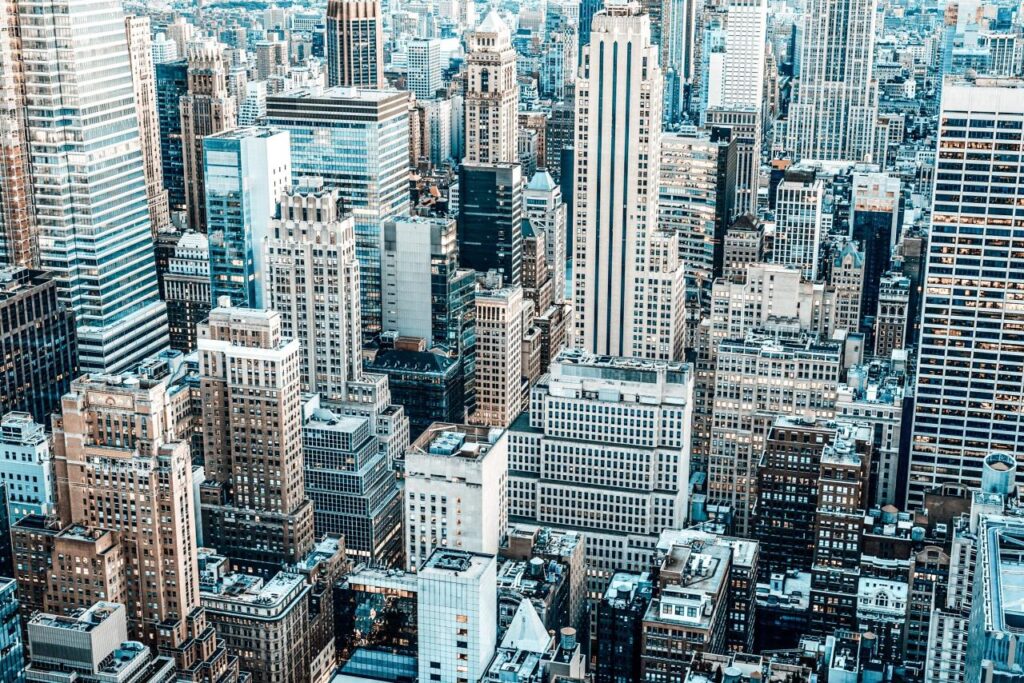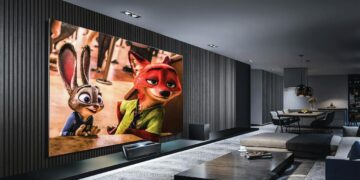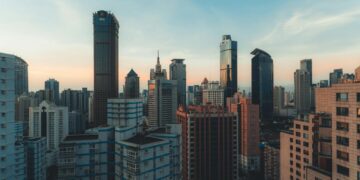Skyscrapers have long been symbols of human ambition, technological prowess, and economic might. For over a century, the race to build taller and taller structures has defined urban skylines. However, as we look to 2025 and beyond, the future of the skyscraper is no longer solely about height. A profound transformation is underway, driven by a convergence of technological innovation, environmental urgency, and a renewed focus on human well-being. The skyscrapers of tomorrow are not just taller; they are smarter, greener, more resilient, and more deeply integrated with their urban ecosystems. This article will provide an in-depth look into the core principles, groundbreaking innovations, and transformative benefits that are defining the next generation of skyscrapers, demonstrating how these vertical cities are becoming a powerful solution for the challenges of a rapidly urbanizing world.
Vertical Cities and Mixed-Use Megastructures

The skyscraper is evolving from a single-purpose office or residential tower into a complete, self-contained vertical city. This trend is a response to the need for greater efficiency and a desire to reduce the carbon footprint associated with daily commutes.
A. Live-Work-Play Integration: The new skyscraper is designed to integrate residential, commercial, retail, and recreational spaces into a single structure. This allows occupants to live, work, and find entertainment within the same building, creating a vibrant, 24/7 environment. This model significantly reduces the need for cars and public transit, easing urban congestion and reducing emissions.
B. Community-Focused Design: These vertical cities are designed with a focus on fostering a sense of community. This includes the creation of shared public spaces, such as rooftop gardens, community kitchens, libraries, and fitness centers. The architectural design itself encourages serendipitous encounters by creating a variety of indoor and outdoor gathering spaces.
C. Smart Vertical Infrastructure: The internal workings of a skyscraper are becoming as complex as a small city’s infrastructure. Intelligent building management systems use AI and the Internet of Things (IoT) to manage everything from air quality and waste disposal to energy consumption and security. This creates a highly efficient and responsive environment that adapts to the needs of its occupants in real-time.
The Era of Sustainable and Regenerative Skyscrapers
The skyscraper has a reputation for being an energy-guzzling monolith. However, the next generation is being designed to be a leader in environmental sustainability, with a focus on not just minimizing harm but actively regenerating the environment.
A. Net-Zero and Carbon-Positive Design: Architects are pushing for skyscrapers that produce as much, if not more, energy than they consume. This is achieved through a combination of radical energy efficiency (super-insulation, high-performance windows) and on-site energy generation from renewable sources like solar panels and vertical wind turbines. Beyond net-zero, some are designed to be “carbon-positive,” meaning they sequester more carbon than they emit.
B. Building with a Circular Economy in Mind: The linear “take-make-dispose” model is being replaced by a circular one. Skyscrapers are being designed as “material banks,” where every component has a plan for its eventual reuse or recycling. This includes using materials like mass timber, which sequesters carbon, and designing with mechanical fasteners instead of chemical adhesives, making it easier to deconstruct the building and recover its materials at the end of its life.
C. Biophilic and Living Skyscrapers: The integration of nature is a key trend. Skyscrapers are being designed with living facades, vertical gardens, and public terraces filled with vegetation. These elements not only enhance the aesthetic appeal but also provide functional benefits, such as air purification, passive cooling, and the creation of new urban habitats for local flora and fauna. The Pasona Group Headquarters in Tokyo is a great example, with its living green walls and internal rice paddies.
Building for Resilience and Adaptability
In an age of increasing climate volatility and global uncertainty, the skyscrapers of the future must be resilient enough to withstand a variety of shocks and stresses. This requires a new approach to structural engineering and material science.
A. Climate-Informed Design: Architects are using data to design skyscrapers that are built for a more volatile future. This includes designing for extreme heat with passive cooling strategies, building for increased flood risk with elevated foundations, and creating structures that can withstand stronger winds and seismic activity. The shape of the building itself can be designed to be more aerodynamic, reducing wind load.
B. Self-Sufficient and Redundant Systems: A resilient skyscraper is designed to be as self-sufficient as possible. This includes having on-site energy generation and storage, rainwater harvesting systems for water independence, and decentralized waste management systems. The concept of redundancy is crucial, with multiple backup systems for critical functions, ensuring the building can continue to operate during a power outage or other disruption.
C. Adaptive and Flexible Spaces: The future of work and living is constantly changing. Skyscrapers are being designed with flexible floor plans that can be easily reconfigured to meet the needs of a changing market. This includes movable walls, modular furniture, and smart systems that can quickly adapt the lighting, temperature, and layout of a space.
Technological Innovations and Automated Construction

The construction of skyscrapers is becoming a highly automated, data-driven process, with a number of innovative technologies poised to revolutionize the industry.
A. Robotics and Automation: Robotics are being used to perform repetitive and dangerous tasks on the construction site, such as welding, rebar tying, and facade installation. This not only increases safety and efficiency but also allows for a higher degree of precision and quality in the final product.
B. 3D Printing and Digital Fabrication: While not yet used for full-scale structures, 3D printing is poised to revolutionize the construction of skyscrapers by rapidly producing complex and customized components on-site. Digital fabrication is also being used to create highly intricate architectural components that would be impossible to create with traditional methods.
C. AI in Construction Management: AI is being used to optimize every aspect of the construction process. It can analyze construction data to create highly efficient schedules, predict potential delays and safety issues, and manage the logistics of material delivery in real-time. This leads to faster and more cost-effective projects with fewer errors.
Conclusion
The future of the skyscraper is a testament to our ability to innovate and adapt in the face of immense challenges. The trends we have explored—from vertical cities and sustainable design to resilient architecture and automated construction—are not isolated concepts but are interconnected threads that are weaving together a new vision for our urban landscapes. This vision is one where skyscrapers are no longer just symbols of power but are active participants in creating a more resilient, efficient, and equitable world.
The long-term impact of these architectural innovations will be immense. They will lead to a dramatic reduction in our collective carbon footprint, a more efficient use of resources, and the creation of healthier and more vibrant communities. The skyscrapers we design and build today will be a living legacy, a powerful symbol of our commitment to a more sustainable and harmonious future. It is a reminder that the most beautiful and innovative designs are those that serve not only our needs but also the needs of the planet and the generations that will follow. The race to build taller is over; the new race is to build better, smarter, and more thoughtfully.











